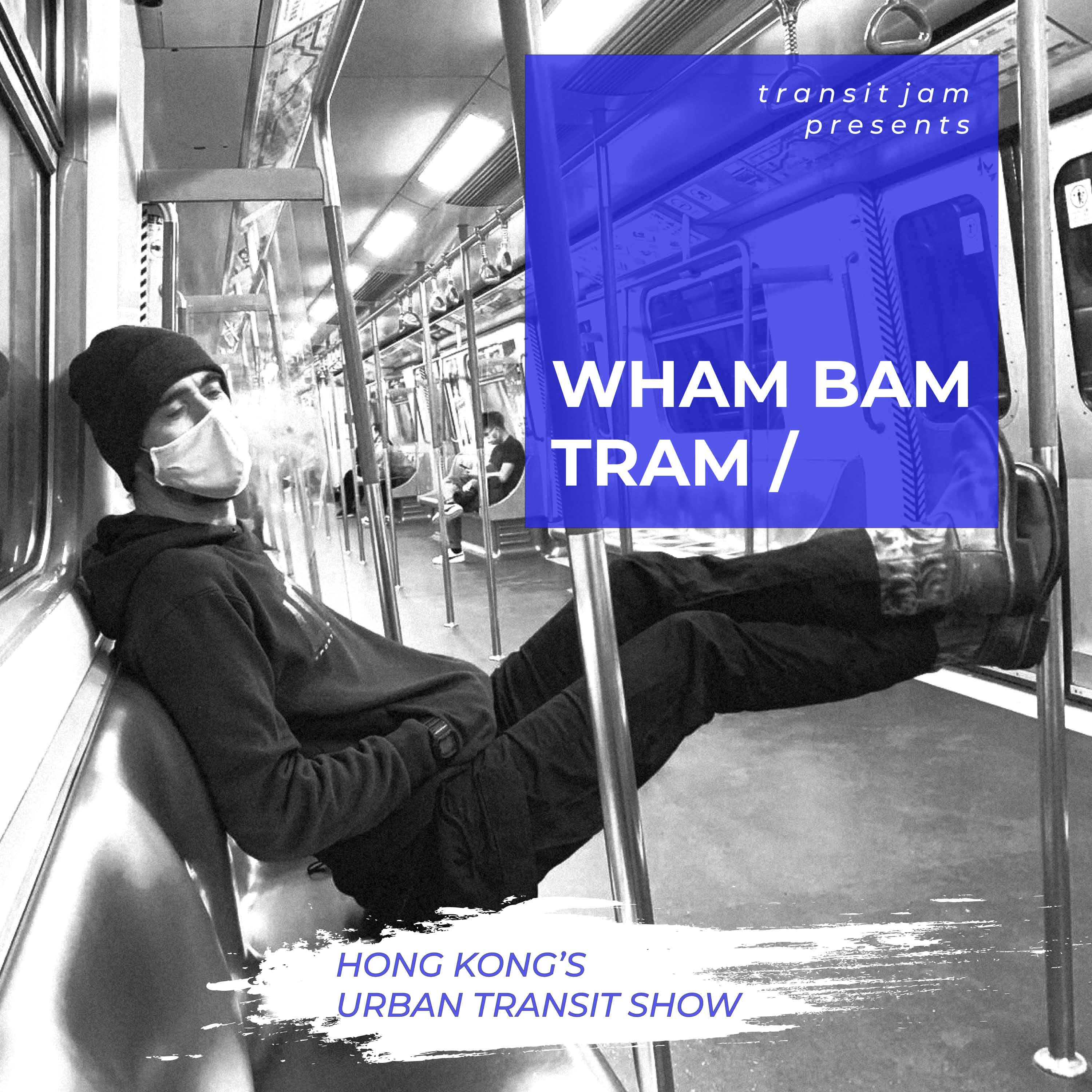
The government says it plans to build four “pilot” Automated Parking Systems including this one in Sham Shui Po
A futuristic 200-space automated parking tower in Sham Shui Po will have no adverse visual impact, no adverse traffic impact, no adverse noise impact and no adverse environmental impact, while alleviating illegal parking in the district, according to government reports justifying the project.
Planning documents for the underground Automated Parking System (APS) complex paint a utopian view of the Transport Department (TD) project, which will feature two huge underground towers with spaces for 170 cars and 30 overflow street-level parking spaces in case of automated underground system failure.
The parking towers, which cannot handle electric vehicle charging, will mostly extend underground but will rise 9.5m above ground as “low-rise structures … compatible with the planned open space,” says a consultancy report.
But a closer inspection of Town Planning Board documents reveals issues including unexplained discrepancies between traffic growth rates used to justify the project.
According to documents released last week, consultants Ozzo Technology put forward a Traffic Impact Assessment (TIA) based on official TD traffic growth figures, forecasting just 1.12% growth per year in the next 10 years.
Under those conditions, the consultants conclude the project “would not induce adverse traffic impact on the road network in the vicinity of the [site]” and that road junctions in the district would be easily able to bear the additional traffic travelling in and out of the parking garage.
However, Ozzo Technology’s own street survey in Sham Shui Po found traffic up 39% above the 2018 Annual Traffic Census figures (with 2019 figures discounted as unreliable due to civil unrest in the district for six months of the year). That’s an annual growth rate of around 20 times the rate used in the TIA, calling into question the reliability of the conclusions.
Ozzo Technology did not respond to questions on the discrepancies.
Meanwhile, urban planner and parking expert Paul Barter, Adjunct Associate Professor at the LKY School of Public Policy at the National University of Singapore, says parking economics shows new car parks actually increase traffic.
“Clearly expanding parking supply always tends to increase total traffic by putting downward pressure on parking prices and, locally, by simply enabling more car trips to begin and end in the area,” he says, challenging government assumptions that new parking will solve parking problems.
Junked cars full of rice

Parking inefficiencies: this white car (and its timber appendage) has not moved since at least October 2019
The government-commissioned impact assessment compares potential use of the new high-tech tower to that of an off-street car park in the same location.
But that benchmark car park is littered with junked or disused cars – one formerly-white car, filled with bags of rice (presumably to ward off humidity), has been in the same spot since Google Streetview last passed through the area in October 2019, almost two years ago.

Double- or even triple-parking is common in the streets around the APS site in Sham Shui Po – experts say building more parking won’t solve the problem
At the same time, and not mentioned in Ozzo Technology’s report, illegal on-street parking dominates the blocks around the proposed APS, with hundreds of vans, cars and trucks double- or even triple-parking.
On the three nearest streets to the reference car park, not one occupied on-street “smart” parking meter was found paid, even in the shadow of the Sham Shui Po police station.
Expert Barter says these issues, together with the seemingly-abandoned cars in the off-street car park, point to deeper problems than a lack of parking spaces.
“If off-street parking in a neighbourhood is being inefficiently used (junked cars!) and there is rampant illegal on-street parking it seems clear that the problem is not a lack of off-street parking but ineffective on-street parking management – pricing and consistent enforcement,” he says.
But TD says the provision of new spaces is necessary to “combat illegal parking”.
“A parking demand assessment conducted by TD revealed a shortfall of about 200 public car parking spaces in the area,” says a consultancy document commissioned by TD to justify the new 200-space facility.
Meanwhile, reports also say the government will fell 28 of the 32 trees on the site, accusing them of being “in general poor tree form, health and structural conditions”.
The public have until 28 August to make comments to the Town Planning Board, while the project will be discussed at the Tsuen Wan and Kowloon District Town Planning Board meeting on 24 September.
The car park is planned for completion around 2026.
***
Check out the latest episode of our podcast, Wham Bam Tram! Hong Kong’s Urban Transit Show
Categories: On the Roads







Reference to town planning board paper – link?
Sure, the documents are here: https://www.info.gov.hk/tpb/en/application_collection/A_K20_134/A_K20_134.html
Main ones referenced in the story there are the Planning Statement and TIA